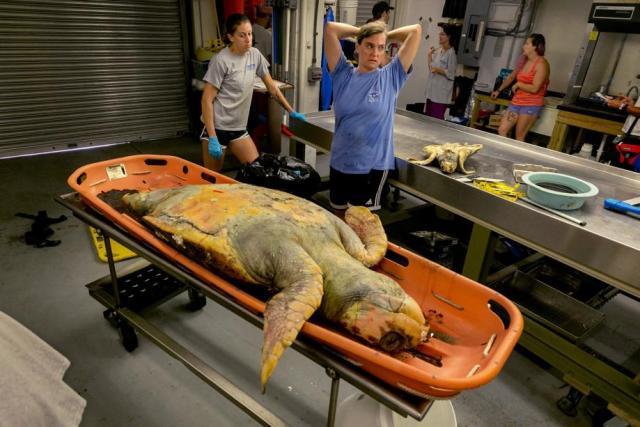“The solution is not about ownership, but about stewardship.” – Markie Miller
This article by Sue Lincoln appear in the Bayou Brief on, January 23rd, 2019.
In the summer of 2017, the Dead Zone – an area of low oxygen that develops annually in the Gulf of Mexico off Louisiana’s coast – was the largest ever measured. At 8,776 square miles, it covered an area the size of the state of New Jersey.
In 2018, the measured Dead Zone was much smaller – only 2718 square miles. Yet this past summer, east of Louisiana, Florida’s Gulf Coast beaches were plagued with that state’s worst-ever poisonous red tides, some of which persisted into early December.
In 2017, 1000 miles to the north, more than 700 square miles of western Lake Erie turned pea-soup green, emitting the stench of sewage. The prior year, Ohio’s governor had declared Lake Erie waters “impaired for recreation.” In 2015, there were 15 incidents of toxic algae blooms in the lake. And in August 2014, residents of Toledo were without water for three days, when the toxic cyanobacterial algae bloom on Lake Erie got drawn into the city water system.
The primary cause of massive algae blooms that turn areas of the Great Lakes green, Florida beach waves red, and kill vast swaths of the Gulf is fertilizer runoff. The chemical nutrients that feed the crops that feed our country’s people, are also feeding the algae that are killing freshwater and saltwater marine life – and could kill us.
An ordinance, on the February 26, 2019 city ballot in Toledo, Ohio, dials into these problems. MORE…

